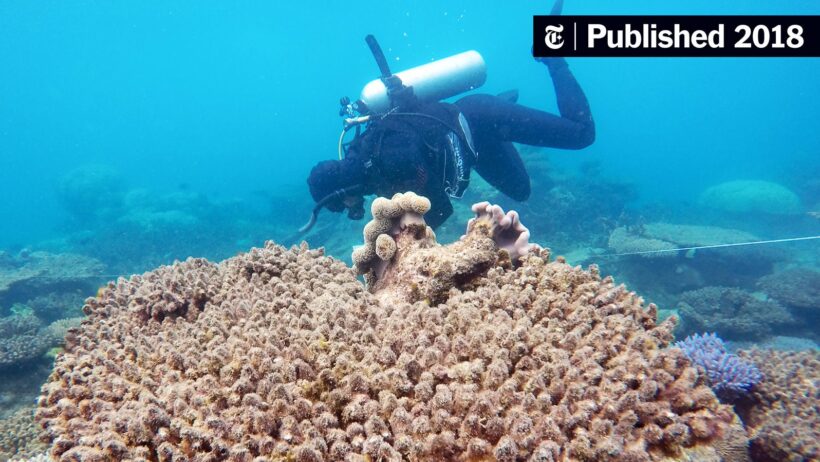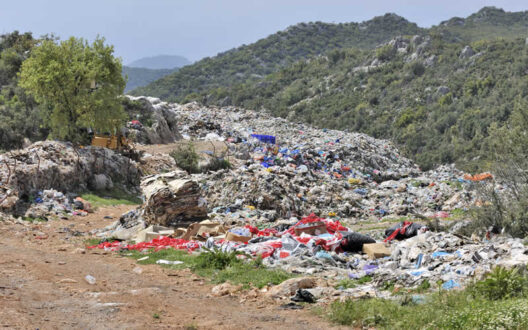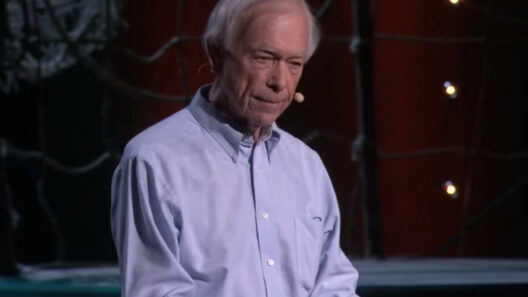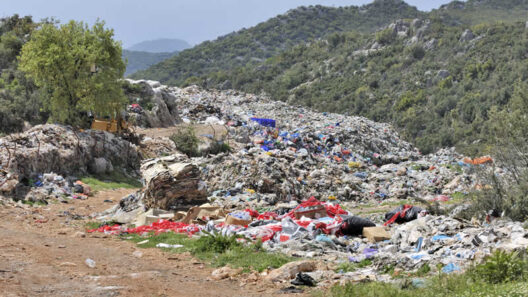In the grand tapestry of marine ecosystems, coral reefs are akin to vibrant paintings. They are intricate tapestries woven from a myriad of colors, shapes, and forms that contribute to the ecological health of our oceans. These formidable structures are home to an astounding array of marine life, serving as nurseries for countless species while also protecting coastlines from erosion. However, this delicate masterpiece is under siege. As the planet warms due to climate change, coral reefs face an existential threat: bleaching. This phenomenon raises the question: does global warming indeed render coral reefs more susceptible to bleaching?
To comprehend the nuances of coral bleaching, one must first understand the symbiotic relationship between coral and the zooxanthellae, microscopic algae residing within coral tissues. These algae are the lifeblood of corals, providing them with necessary nutrients through photosynthesis. In return, the coral offers a sheltered environment for the algae. This partnership is a dazzling example of mutualism in nature, yet it is precariously balanced. When environmental conditions shift, particularly with rising sea temperatures, this relationship falters.
Global warming is indisputably shifting the thermal equilibrium of our oceans. Studies have demonstrated that ocean temperatures have risen by an alarming degree over the last century. Corals, which thrive within narrow temperature ranges, begin to experience stress when the water temperature rises beyond their tolerance. As the heat intensifies, zooxanthellae exit the coral tissue, leading to a reduction in the vibrant colors characteristic of healthy reefs. This process, known as bleaching, starkly unveils the skeletal remnants beneath the once-vibrant hues, much like a painting left to fade and peel in the harsh sunlight.
Bleaching is not devastating for corals alone; it evokes a cascading effect throughout the marine ecosystem. With the loss of their color, corals also lose their primary food source, leading to starvation and, ultimately, death if conditions do not improve. The repercussions ripple outwards: fish populations dwindle, entire food webs collapse, and coastal communities that rely on rich marine biodiversity experience economic and nutritional deficits. This scenario serves as a poignant reminder of the interconnectedness of life, illustrating how the degradation of one component can dismantle an entire ecosystem.
The repercussions of global warming extend beyond mere temperature increases. Ocean acidification—a direct consequence of higher carbon dioxide levels in the atmosphere—not only alters the physical properties of seawater but also further undermines coral health. Elevated carbon dioxide levels dissolve in seawater, forming carbonic acid, which hampers the corals’ ability to calcify. This process is akin to denying an artist their paint, making it increasingly difficult for corals to build and maintain their intricate structures. Together, rising temperatures and acidification create a dire predicament for coral reefs, further compelling them towards vulnerability.
Moreover, anthropogenic activities exacerbate this crisis. Pollution stemming from agricultural runoff introduces excess nutrients into marine systems, igniting harmful algal blooms that smother corals. Overfishing disrupts ecological dynamics, pushing coral ecosystems toward imbalance. Each human-driven action manifests as a thread, pulling at the seams of this ecological tapestry, revealing weaknesses that can lead to complete unraveling.
Climate change is not a distant threat; it is an immediate reality, urging us to confront the consequences of our actions. Mitigation and adaptation strategies are paramount to safeguarding these natural wonders. Establishing marine protected areas that allow coral ecosystems to thrive, coupled with sustainable fishing practices, can create refuge for these organisms. Restoration efforts, such as coral gardening and assisted gene flow, seek to bolster resilience among coral populations, particularly in areas severely affected by bleaching events.
Furthermore, addressing the root causes of climate change is critical. Transitioning from fossil fuels to renewable energy sources can significantly reduce greenhouse gas emissions, the primary driver of global warming. Efforts to enhance energy efficiency and promote conservation will not only benefit coral reefs but contribute to a healthier planet overall.
The fight against global warming and its implications for coral reefs necessitates global collaboration and local action. Communities, governments, and organizations must unite to create a network of support that transcends geographical boundaries. This effort demands advocacy, education, and innovative solutions. The responsibility lies with each generation to act as stewards of the ocean, recognizing the intrinsic value of coral reefs—not merely as picturesque landscapes but as vital components of the Earth’s ecological framework.
Yet, amidst the gloom, there is hope—hope that springs from the resilience of nature and the unwavering determination of communities dedicated to change. The recovery of degraded reefs shows that restoration is indeed possible when given the chance. Like a phoenix, they can rise from the ashes of environmental neglect, embodying the transformative power of collective action.
In conclusion, global warming significantly increases the susceptibility of coral reefs to bleaching. The complex interactions between temperature rise, ocean acidification, and human impact create a perfect storm that threatens these precious ecosystems. To preserve these underwater rainforests, we must engage in immediate and concerted action. The fate of coral reefs hangs in the balance, and it is our duty to ensure that they continue to thrive, preserving the vibrant beauty of our oceans for generations to come.







